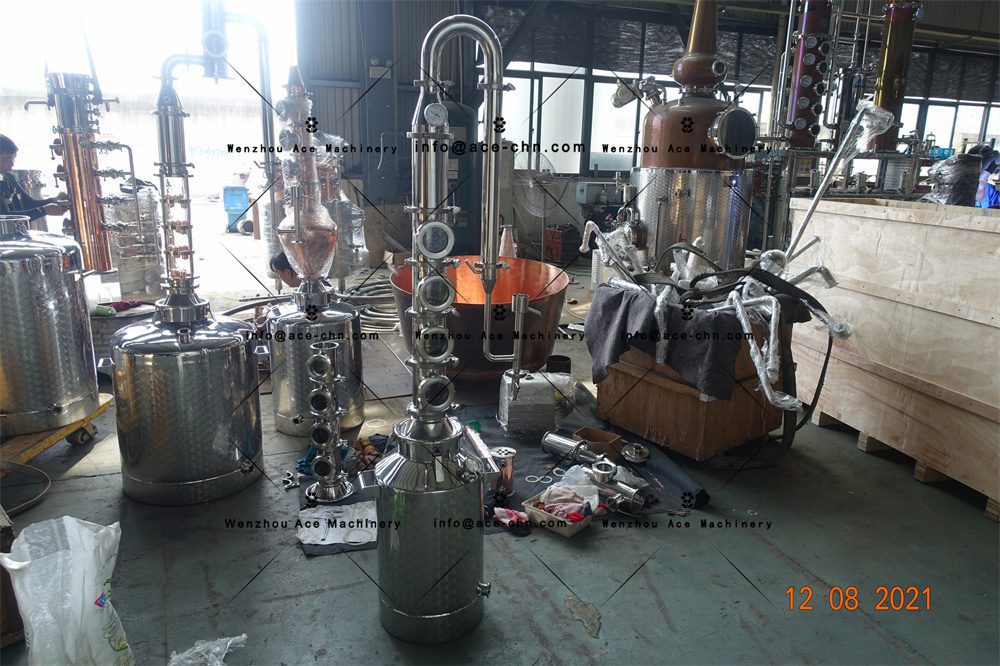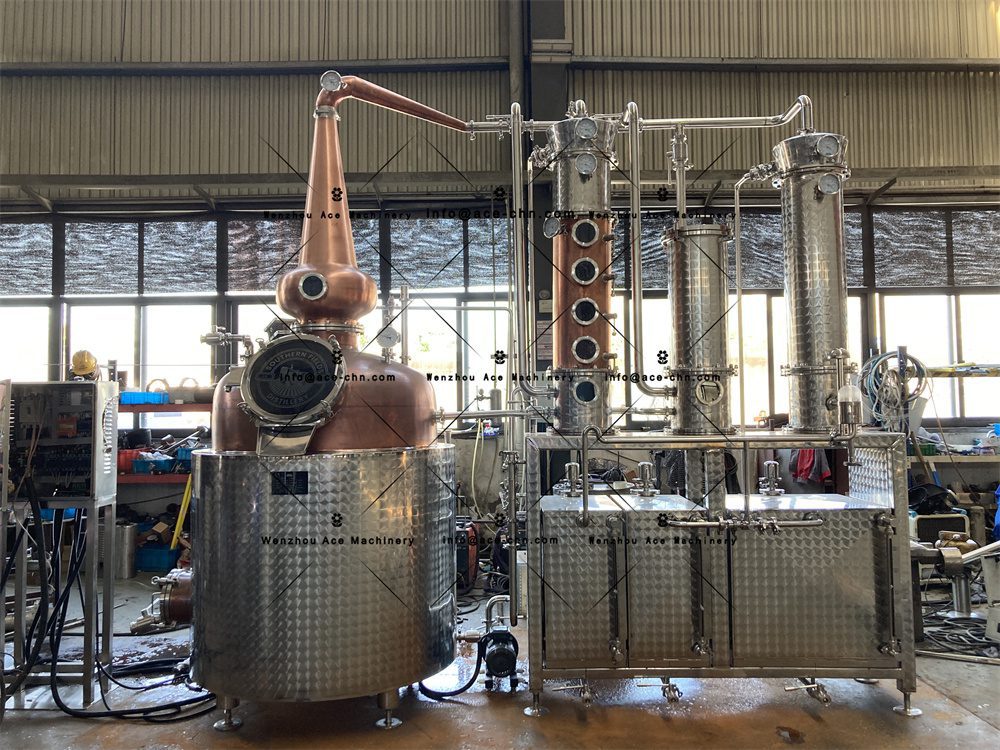Dark beer, commonly referred to as stout or dark ale, enthralls fans with its distinct hue and taste. Packed full of mystery and charm, tasting one is sure to uncover new surprises as one indulges.
The Origin and Characteristics of Dark Beer

Dark beer (commonly referred to as stout or dark ale) has long been revered for its deep color and full-bodied taste, dating back centuries in Europe during medieval brewing traditions where roast malts were used to craft this dark beverage. Today it is enjoyed globally.
Dark beer stands out with its deep color and lush taste, typically appearing deep black or dark brown due to the use of roasted malts in its brewing process. This not only imparts its distinctive hue but also lends rich caramel and coffee aromas. Furthermore, dark beer boasts moderate alcohol content and low bitterness levels making it suitable for leisurely drinking sessions.
Dark Beer Styles and Types
Dark beer comes in many varieties, such as:
- Stout: originating in England, it has a strong roasted malt flavor with notes of coffee and chocolate.
- Porter: also of English origin, slightly lighter than Stout, with flavors of toast and caramel.
- Black Lager (Schwarzbier): a German-style stout that is lighter in flavor with slight caramel and roasted notes.
- Belgian Dark Ale: A complex flavor that may contain fruity, spice and caramel notes.
Brewing Process
The brewing process for dark beer differs significantly from that of regular beer in several key ways. Brewers begin by selecting high-quality malts for roasting, creating distinct colors and aromas, before mixing these roasted malts with water in order to convert their starch to fermentable sugars by means of saccharification; later on specific yeast is added for fermentation purposes in order to produce alcohol and carbon dioxide as waste products; finally after filtering and ageing dark beer can be stored either bottled or kegged ready for storage or filtering it awaits filtering before being aged and filtered for bottling or kegging!
Tasting Techniques
Tasting dark beer takes skill and experience. First, select an ideal glass – typically one shaped like a tulip – in order to better capture its aromas. Next, when pouring, be careful with flow control to reduce foam production and wait until after pouring before allowing the beer to settle to fully release its fragrances; appreciating its deep color, dense foam, complex scents of caramel, coffee etc before slowly sipping for optimal enjoyment and subtle flavor variations.
Pairing Suggestions
Dark beer’s unique flavor makes it an excellent complement for various foods. Heavier varieties pair nicely with red meat, barbecue and chocolate, while lighter beers pair better with seafood, poultry and vegetables. Furthermore, dark beer can even be used as an ingredient when creating dishes by imparting its distinct aroma and taste into them.
Dark beer stands out in the beer world with its deep color, rich taste, and aromatic complexity. Enjoying dark beer with friends or sipping it solo provides a pleasurable experience as it unveils unexpected surprises – making dark beer worth trying for anyone looking for new experiences and flavors to explore.
















